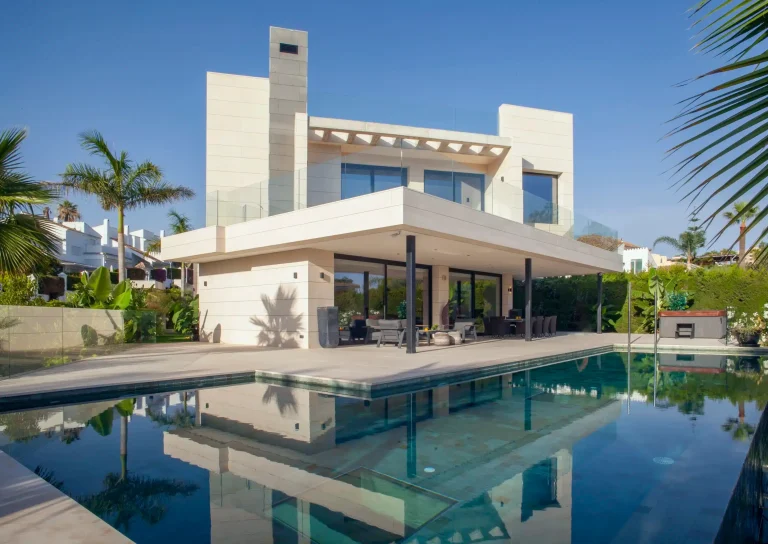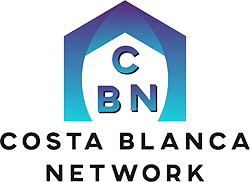
What are the buyer’s costs?
The cost buyer for a house in Spain works differently than in the Netherlands, although there are also similarities. Below we explain it briefly and clearly.
When purchasing an existing home in Spain, you pay 10% transfer tax. This amount goes directly to the Spanish state.
READ MOREIn addition, there are additional costs of an average of 2 to 3% of the purchase price for:
- Notary
- Registration of the property
- Lawyer (highly recommended)
- Administrative handling
- Taking out a mortgage, if applicable
Other costs to consider:
- Applying for a Spanish Tax Number (NIE)
- Any costs for opening a Spanish bank account
- Home and building insurance, which is mandatory and must commence on the day of transfer
When purchasing, the process usually starts with a reservation contract. This temporarily fixes the house. You then pay a deposit of 10%, usually within 14 days.
Sometimes first an amount of € 3,000 on location to take the house off the market immediately.
This amount is then later settled with the 10%
This reservation contract is important: it provides certainty and protects the position as buyer.
Is a mortgage feasible?
In Spain, various banks offer mortgages for the purchase of a second home.
The conditions can vary per bank and are sometimes dependent on temporary promotions.
In general, with a fixed income from employment or pension, you can get up to 70% of the lowest of the two prices (asking price or notarial purchase price) financed.
Please note: the additional costs (approximately 13% in taxes and buyer's costs) are not included and must be paid by you.
The application is usually simple: with pay slips or pension overview, recent bank statements, tax return, a positive BKR registration and personal details, a quote can often be issued within 14 days.
Based on our experience, we can already give a good estimate in advance of what is feasible – transparency about your situation helps us to advise you quickly and specifically.
Why invest?
Investing in Spain: why is it a safe choice?
Investing in Spanish real estate is currently an attractive and relatively safe choice. However, the key to success lies in knowing where you are buying and what the prospects of the area are. We follow these developments closely and only advise in regions where we are convinced that price increases can be expected and decreases are unlikely.
There are currently many promising projects, partly because Spain is struggling with a backlog in new construction. Demand is high and supply is lagging behind. This makes investing in new construction particularly interesting. If you get in at an early stage, there is often only about the payment dates and construction periods. In the meantime, prices rise and it can be attractive to sell the property again after completion.
In the second half of 2024, house prices rose by approximately 6%. In the first quarter of 2025, this was increased by another 6%. The expectation is that a further increase of at least 5% will follow in the rest of 2025.
In addition to new construction, investing in existing construction is also a smart move. If chosen well, these properties are often located in areas where a lot of new construction is coming. New construction is usually more expensive, which makes well-located existing homes – especially if they are renovated and modernized – interesting to resell at a profit. In addition, the plots of land for existing construction are often larger than for new construction.
We are happy to provide you with an objective calculation to show you why investing in Spanish real estate is very interesting at the moment – both in new construction and existing construction.
